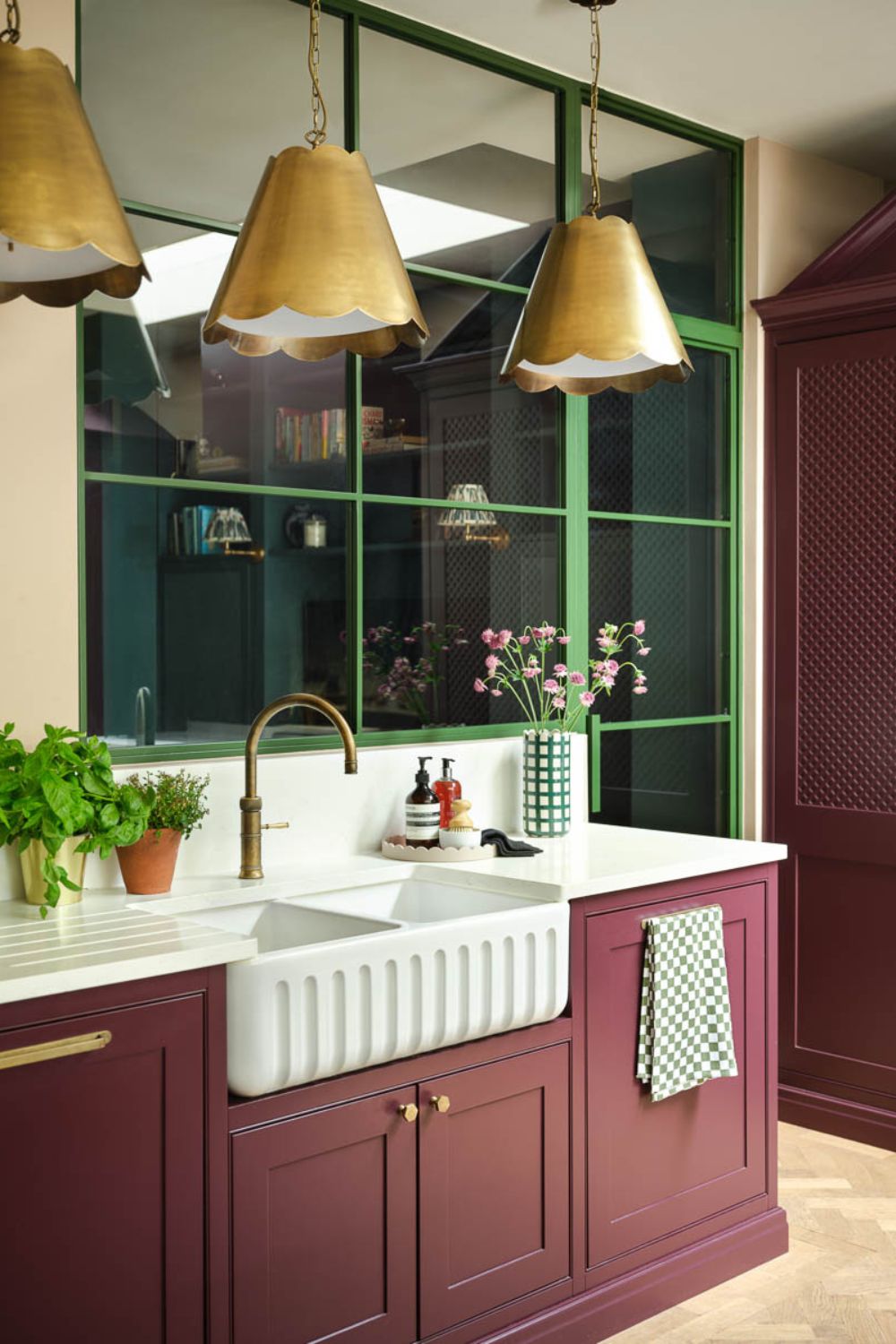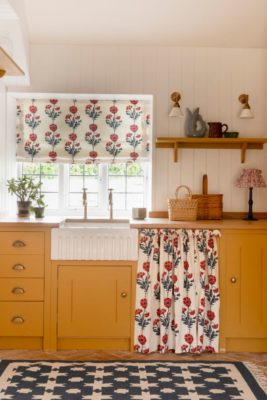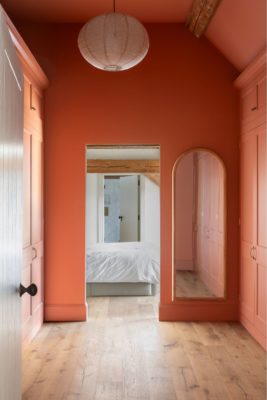
Kitchen Extensions: The Ultimate Guide
By
7 months ago
From budgeting tips to design wisdom, here’s everything you need to know
Dreaming of a brand new kitchen? Whether you’re after an airy open-plan space, a shiny new island, or a cosy dining nook, there’s a lot to think about – which is why we asked kitchen experts for their very best tips. Read on for the ultimate guide to kitchen extensions.
Kitchen Extension Guide 2025
How Long Should A Kitchen Extension Take?
The biggest consideration when it comes to home renovations is, of course, the cost. According to Al Bruce, founder of Olive & Barr, the average time required for a kitchen extension is 16 weeks.
‘Typically, a kitchen extension takes approximately four months from start to finish,’ he tells us. ‘There are many factors within those timings, but for a standard side-return kitchen extension in London or a similar large city, those are the typical timelines homeowners should expect.’
What Might Cause Delays?
A neat four-month timeframe is certainly great in theory, but the reality of building work is a healthy dose of unpredictability – and a few delays.
‘Planning permission can slow down a schedule, as you’ll need to wait for approval before starting,’ Al reflects. ‘Once you’ve taken the time to find a good builder and gather quotes, the materials may cause an issue; glass can often take longer to arrive than initially agreed-upon timings, for example.’
To keep things on track, it’s crucial to plan ahead.
‘Order your big and essential items ahead of time – especially anything custom-made,’ Al states. ‘Making big changes once the process is underway can affect timings, so sticking to your original plan is vital. Having the right set of builders who understand your vision and are dedicated to staying on schedule will also make a huge difference.’
What Should I Consider When Budgeting?
‘The cost of a kitchen extension can vary depending on many factors including size, structural work, and quality of materials,’ says Al. ‘Plus, if you’re planning to totally relocate your kitchen, you’ll need to take into account plumbing and electrical fees.’
A contingency budget will be your secret weapon here. ‘Don’t forget that there can be hidden costs, which is why it’s always worth factoring a contingency plan into your budget,’ Al confirms.
Will A Kitchen Extension Add Value To My Home?
‘When executed correctly, a well-designed kitchen extension has the potential to increase a property value by up to 15 percent,’ reveals Al. ‘Investing in the quality of the kitchen as well as a clever design can not only make the space look more beautiful, but also enhance the functionality of your home.’
How Do I Create The Perfect Design?
Aside from the logistical considerations, the best kitchen extensions come down to sleek, practical design – and it all starts with analysing your current kitchen.
‘Start by assessing your needs, identifying any areas of inconvenience in your current kitchen design and considering how you will use the new space,’ advises Molly Chandler, kitchen designer at Willis & Stone. ‘Workflow is particularly important: ensure that key areas like the sink, cooktop, and fridge are conveniently located to create an efficient and ergonomic layout.’ (Check out our handy guide to planning a kitchen layout here.)
‘Ask yourself how you see yourself using your extension and what you hope to gain from it,’ echoes Al. ‘Do you need more general living space for your family, or a dedicated area to entertain? Or would you love to create more of a connection between indoors and outdoors? By breaking down these ideas, you can begin to create a non-negotiables list, prioritising key items that your new extension needs to include.’
How Can I Maximise Storage?
A kitchen extension is, of course, all about extra space – but you’ll want to make the most of every nook and cranny.
‘Again, think about your current kitchen,’ says Molly. ‘Did you have enough room to store awkward items such as tall pasta jars? Was it a pain to get the weighing scales out from the corner cupboard every time you needed them? Focus on items you use regularly, so that easy access can be factored into the design.’
Key additions to your extension might include ‘customised cabinets, pull-out shelves and built-in organisers’ alongside ‘tall cabinets or shelving to make the most of vertical space,’ Molly notes. Plus, make sure to ‘consider any particularly large items like appliances, which may need to be housed in bigger vertical units.’
Featured image courtesy of Pooky. pooky.com









